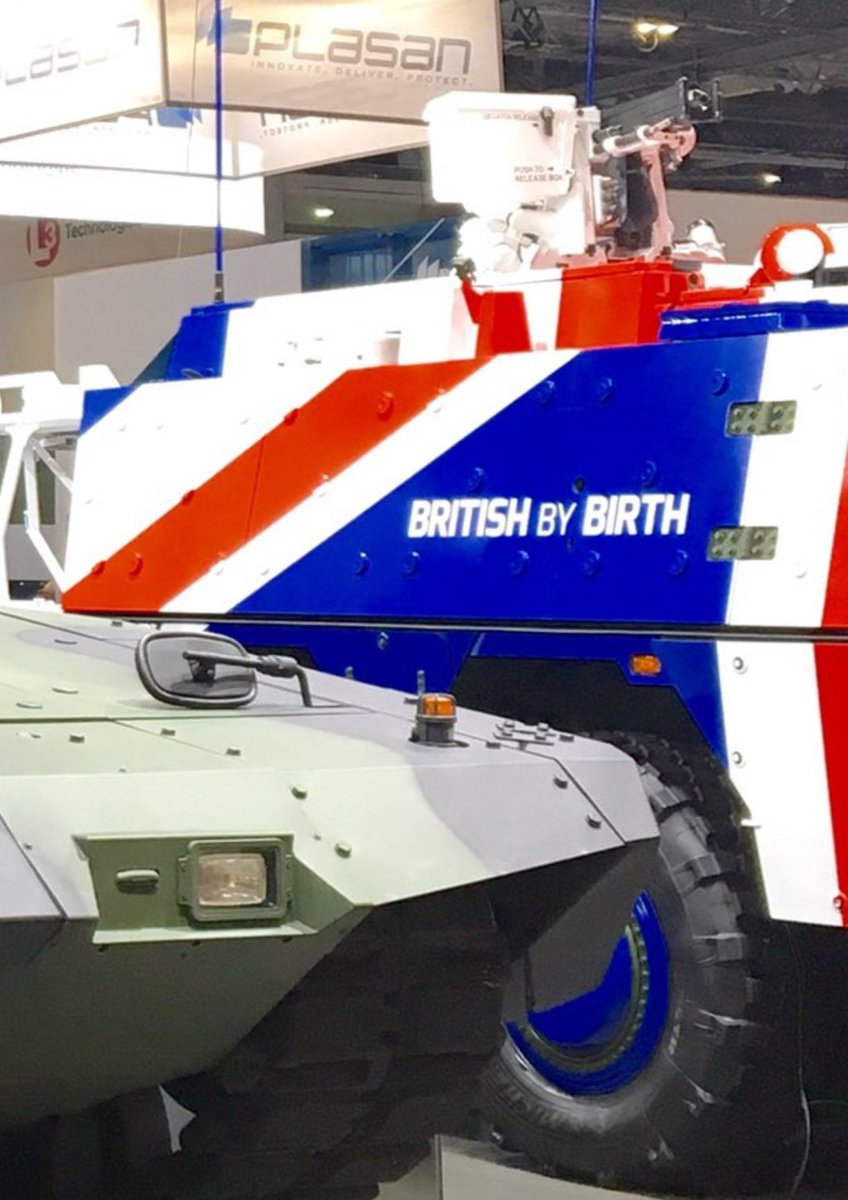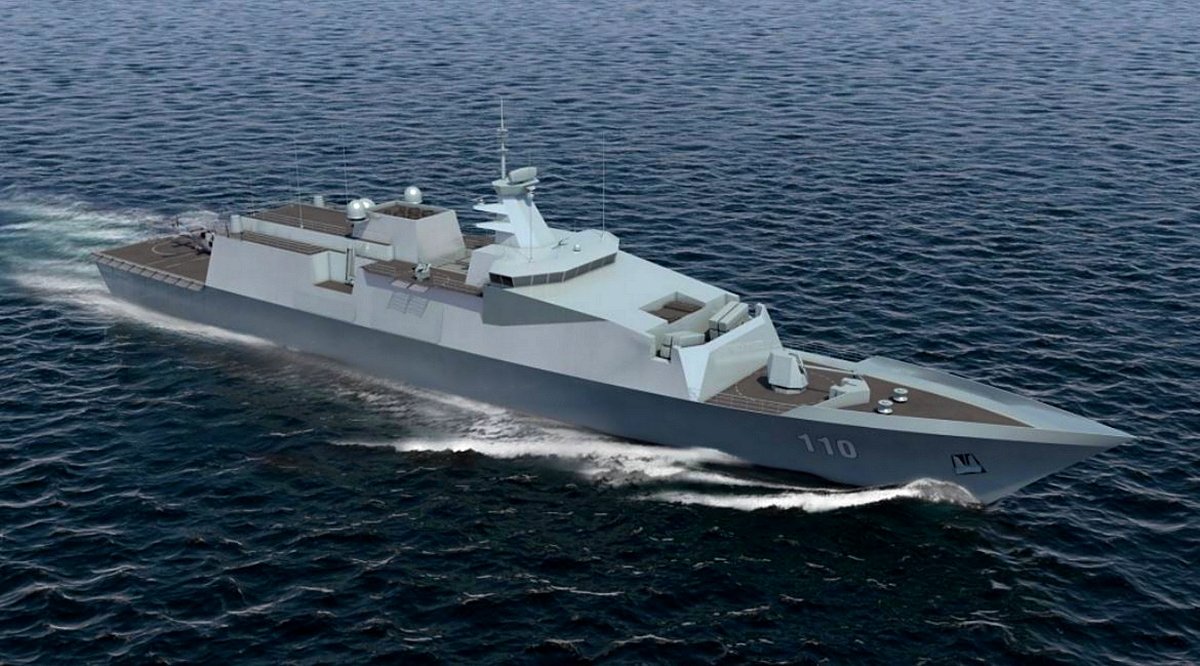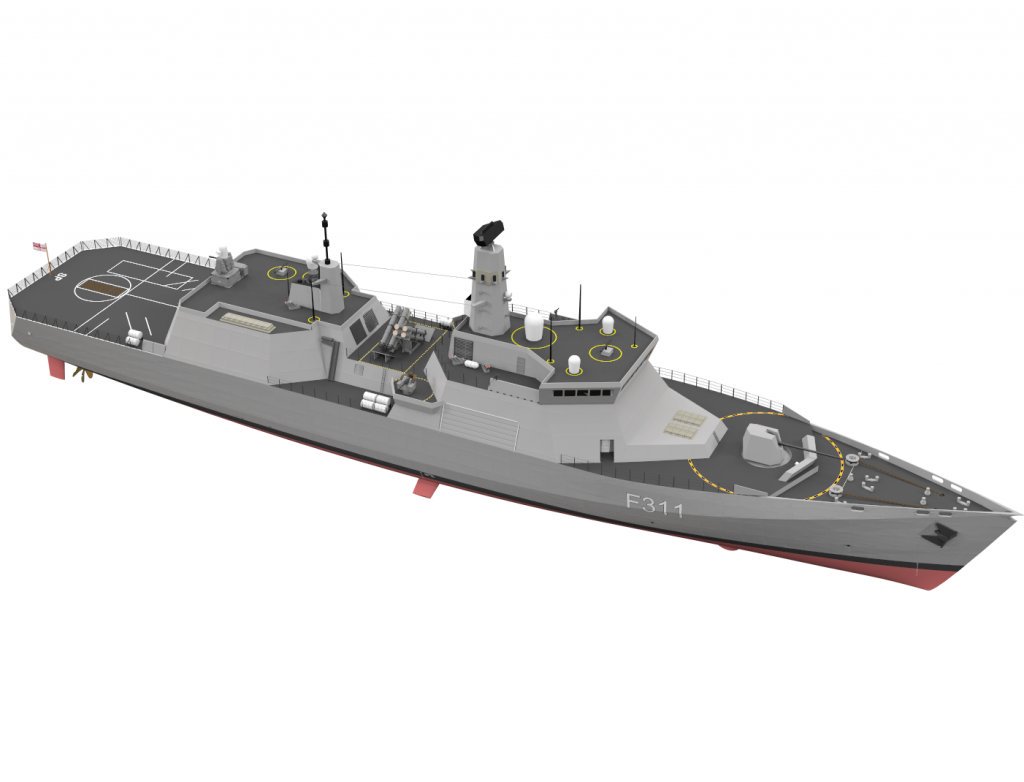German vehicle builder eyes 4 British companies as it moves toward Boxer bid
By:
9 hours ago
126
The Boxer is at the center of a debate in the government and the wider defense sector in Britain. (Andrew Chuter/Staff)
LONDON — ARTEC is making four of Britain’s top defense companies compete on various work packages ahead of the German armored vehicle builder deciding who it wants to join its team bidding to sell the Boxer eight-wheel drive vehicle to the British Army.
BAE Systems, Pearson Engineering, Raytheon and Thales are all pulling together bids to make or assemble substantial elements of the favored Boxer vehicle as the German company seeks to prove to the U.K. government it can provide a value for money solution that also delivers local jobs and economic benefit.
The Boxer is at the center of a debate in the government and the wider defense sector here, resulting from the German vehicle being eyed by the British Army and others as a possible sole-source acquisition in order to meet the timetable for the introduction of two planned strike brigades starting in 2023.
“MIV has been recently approved to go forward by the MoD’s Investment Approvals Committee; the money is there and the only significant issue appears to be which acquisition strategy to adopt — single-source or throw the program open to competition. It’s a very sensitive issue, and the debate is happening across several government departments, including the Treasury, who gets a big vote in this,” said one executive who asked not to be named.
Rival eight-wheel drive vehicle makers have been fighting what many regard as a rear guard action to head off a sole-source decision in favor of Boxer.
Part of their argument, they say, is that Boxer is expensive and doesn’t represent value for money for the taxpayer.
ARTEC and its parent companies, Rheinmetall and Krauss-Maffei Wegmann, are alive to the heat generated by the value for money questions in a sole-source deal involving Boxer.
It’s an expensive piece of kit in a crowded market where rivals generally have cheaper offerings and spare capacity to address early production requirements.
In part, that’s why ARTEC was talking up the competitive element of their industrial team-building efforts at the DSEI defense show in London, where two Boxers were on show, one of them painted as a giant Union Jack.
Stefan Lischka, ARTEC’s managing director, admits getting the big contractors to bid at this stage in an internal competition is an unusual way to go about forming a team but added it will demonstrate which companies are really competitive ahead of entering a formal partnering arrangement.
“We have never done this before; it’s not the usual way we form a team. The companies involved are tier one companies. They understand the prosperity agenda requirements of the British government and the importance of value for money arguments as well. In the autumn, we will know our team and be prepared, whatever the outcome of the MoD’s acquisition strategy work,” he said.
“We asked the four companies to compete with each other and started the process in May. We asked them who was interested in what. Not everybody has got everything, but we have at least two companies, sometimes three, involved in order to give us a competition,” he said.
The German executive said they have asked the companies to bid on a representative slice of Boxer, including complex assemblies, assembly of complete modules, welding of modules and assembly of the vehicle, just to see who is competitive and who isn’t.
“You can assume Pearson is not aiming for development of a command post module, and Raytheon is not aiming for welding steel structures. It will be what they are expert in,” he said.
“We don’t know the likely outcome yet. It could be one company gets it all, which is quite unlikely, but it may be only two or three of them get selected,” said Lischka.
The ARTEC boss reckons that between the level one partners and a strong British supply chain, the company can place a minimum 60 percent of the work on a British Boxer buy in the U.K.
Uniquely, Boxer utilizes mission-specific modules that can be quickly swapped over on the common chassis as the requirements change. Germany, the Netherlands and Lithuania have purchased the vehicle so far.
Most of the design work for British-specific mission modules, along with construction and integration of modules and final assembly of the vehicle would be among the work undertaken in the U.K. if Boxer secures the deal.
The British Army and the Defence Equipment and Support arm, or DE&S, of the Ministry of Defence have been pushing for months to purchase hundreds of Boxer’s sole to meet the key Mechanized Infantry Vehicle requirements planned service date of 2023.
Opposition companies have been urging the MoD to run a quick competition to select a vehicle that meets cost as well as war-fighting requirements.
Nexter, Patria, BAE, Lockheed Martin, ST Kinetics and General Dynamics are all interested in offering platforms of their own or under license if the decision is taken to launch a competition.
The British have been trying for the best part of 30 years to buy a vehicle. They were once part of the Boxer program but dropped out as the Army’s requirements changed. More recently, the MoD selected the General Dynamics Piranha 5 for the eight-wheel drive program only to cancel the agreement at the last minute.
With that track record as a backdrop, executives who Defense News spoke with at DSEI reckoned a single-source deal would better suit the ability of DE&S to bring home the program.
The troop carrier is a vital component of a British Army restructuring program that will see two new strike brigades achieve initial operating capability by 2023 equipped with Ajax tracked reconnaissance vehicles and the MIV.
The Ajax program is already well advanced. General Dynamics UK, which is building the vehicles in a £3.5 billion deal, worth $4.7 billion, is on course to deliver the first platform to the Army next month.
“Ajax is now in its low-rate initial production phase with Ares, the first of the six variants, to be delivered to the Army shortly,” an MoD spokesman said.
By contrast, the MIV component of the strike brigades is far behind.
It’s been two years since the chief of the general staff, General Sir Nick Carter, used the DSEI 2015 show in London to effectively relaunch the eight-wheel drive requirement. The need for the vehicle was further confirmed in the strategic defense and security review later in the year.
But 24 months later, the program is only now approaching announcement of an acquisition strategy.
Army officers at DSEI said work on the strategy is continuing but that a decision would be forthcoming by the end of the year.
/arc-anglerfish-arc2-prod-mco.s3.amazonaws.com/public/GYRFTOTMIBDYJACUMVFSY73VGA.jpg)


/arc-anglerfish-arc2-prod-mco.s3.amazonaws.com/public/KCN4UXAQUZCQ5IB5DEPIS5VIXI.jpg)





